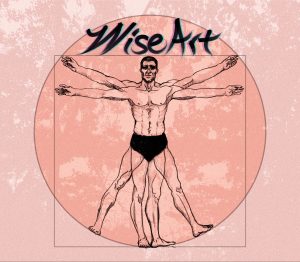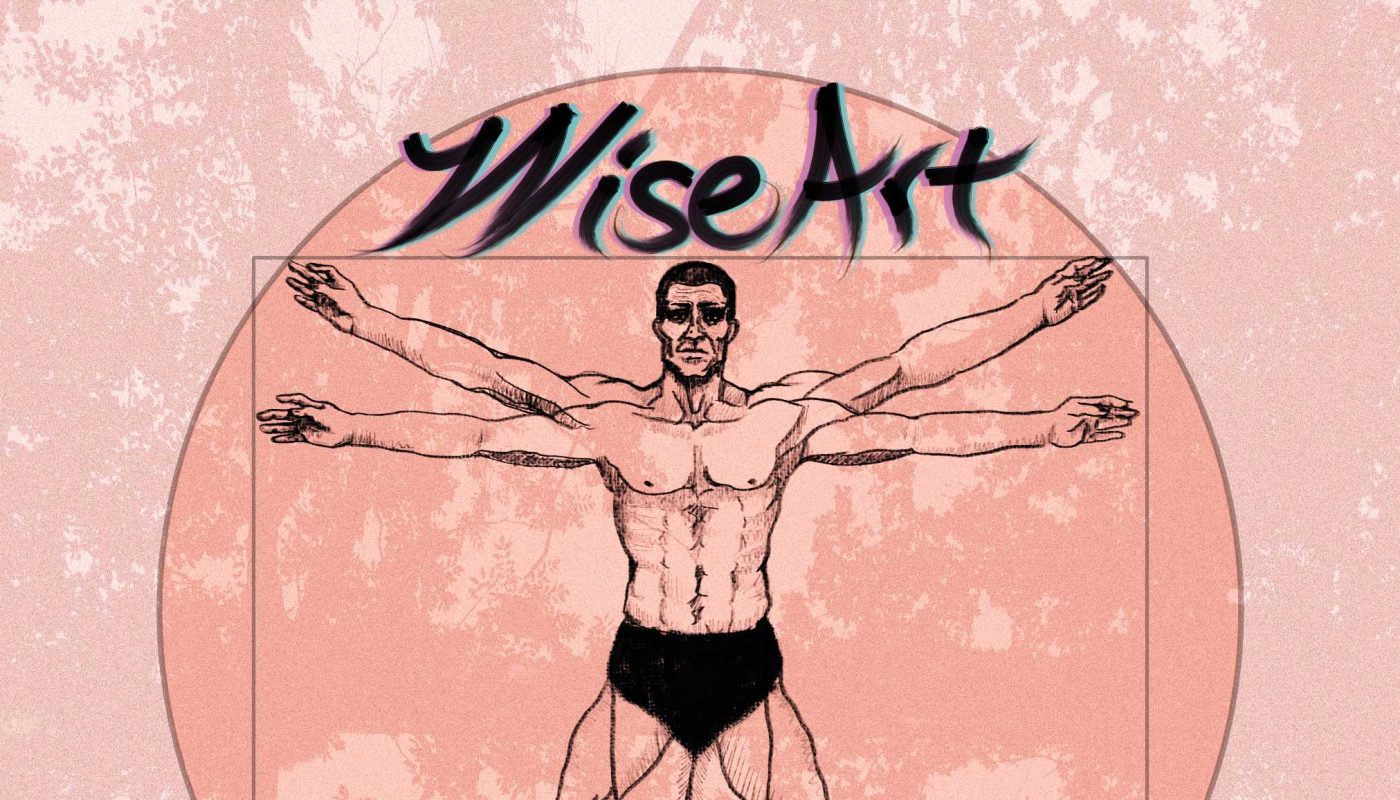Through out history there have been people whose curiosity for learning was boundless. These individuals would change the course of history through their passionate effort to expand their knowledge of the world and hone their skills in a variety of subjects and fields.
Many of these great thinkers and skilled artists held no perception of any boundary between the pursuit of knowledge and the pursuit of great skill. Rather they had to understand the connection between the interests in the arts and their interests in science, or pursuit of wisdom. In modern society we separate the “arts” and “sciences” creating a great schism between the intellectual pursuits. This recent division in which we perceive these subjects as opposites is similar to what a psychologist may call a neurotic disunity of the mind. Today this disunity has become prominent and has stunted the potential of our capabilities.
(Image illustrated and designed by Bjorn Corning)
Think about the most famous of historic polymaths, Leonardo Da Vinci. If Da Vinci had not hone his skills in illustration and painting, would he have been able to make such innovative discoveries and inventions in scientific fields such as biology, engineering, and architecture? The pursuit of knowledge is crippled without the pursuit of artistic ability and the pursuit of artistic ability is frivolous without the pursuit of knowledge. Through his interest in the arts of creating pictures from his mind’s eye, he uncover the truths of mixology, anatomy, and engineering.
Leonardo Da Vinci is a classic example of the Renaissance man, although people with these qualities are not limited to the epoch of the Renaissance. The renaissance means only the rebirth after all. What was this rebirth of?
Ancient classical thinkers in which many philosophical, societal, architectural, engineering, musical, mathematical, aesthetic, and scientific ideas stem from, were polymaths in their own right. They pursued the discourse to attain truths in a variety of subjects. However, without the holistically use of deep thinking, observation, and artistic ability their efforts would not have had such a long lasting impact .
There were also many similarly intriguing historical figures throughout the world. Just a few less known but notable polymaths from around the world to inspire you, include:
Vitruvius (Roman Italy, c. 80-15 BCE), was an architect, engineer, and art/aesthetic theorist. He wrote De Architectura, which blends technical design with aesthetic principles; inspired later artistic ideals (like da Vinci’s Vitruvian Man).
Zhang Heng (China, 78-139 CE), was an astronomer, mathematician, engineer, and writer. Most known for being a talented poet and painter who also designed a seismoscope and wrote cosmological essays rich with metaphors and imagery.
Al- Farabi (Central Asia, 872-950 CE), was a philosopher, musician, political theorist, and linguist. Notably he authored The Great Book of Music, blending math, metaphysics, and aesthetic theory. He also reportedly played multiple instruments.
If you found this interesting, feel free to check out my portfolio. I’m available for hire for all your creative, product design, marketing, and branding needs.
Portfolio Link:
https://v0-bjorn-corning-portfolio-6ga26avls-bjorncodings-projects.vercel.app/
Youtube Channel:
https://www.youtube.com/watch?v=HmlPkZO62GM



